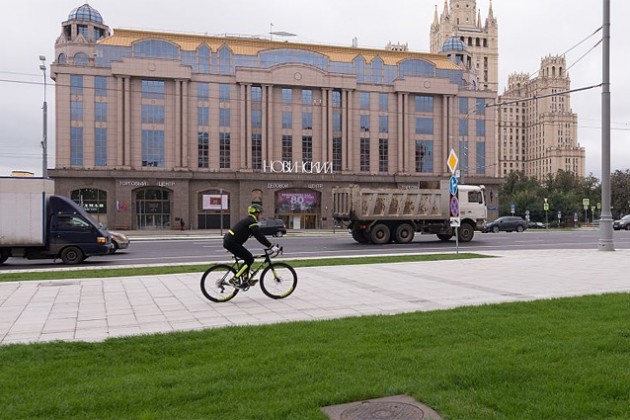Top 10 shops in Moscow
GUM is one of the Moscow symbols, perhaps, not less significant than Spasskaya tower or the Tretyakov gallery. Even visiting Moscow for the first time, guests of the capital know where to meet if they are lost: in the centre of GUM, near the fountain.
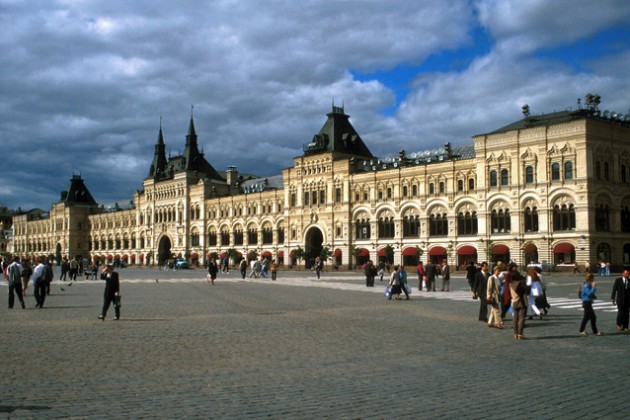
The grand opening of the Upper trading rows (that was the name of GUM 120 years ago) took place in the fall of 1893. This Department store won the reputation of the largest one in Europe. And this is not surprising – it houses more than thousand shops under one roof, overlapping three longitudinal and three cross streets. Since the end of the XVIII century such centers were called passages. But none of them before had bridges connecting the balconies on the opposite sides of the streets.
The glass roof was designed by the outstanding engineer Vladimir Shukhov (he glazed five of the nine Moscow passages, built before the revolution of 1917). Architect Alexander Pomerantsev won the contest of architectural projects. His later works, which made him famous, were the four cathedrals in memory of Alexander Nevsky: in Moscow, St-Petersburg, Chelyabinsk, and Sofia. The contrast of modern engineering solutions and "Russian" facades turned the Upper trading rows into a building "for all times".
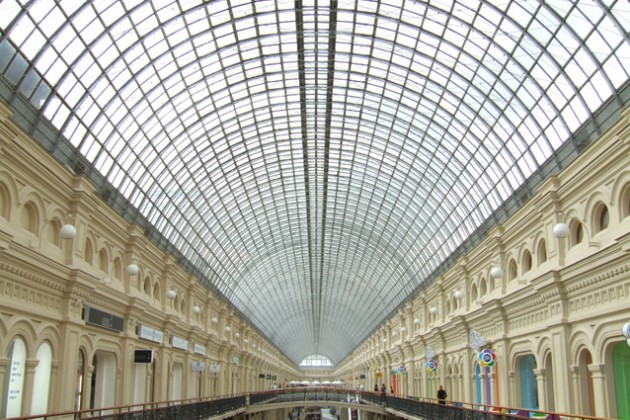
Such an impressive and expensive building (5 million rubles), constructed only for trade in the most prestigious part of the city, immediately expanded the scope of its application. The building was used for holding art exhibitions, musical evenings and, later, theatrical performances and fashion shows. The first price tags also appeared here. That did not allow the seller to arbitrarily drive up the price. And the first book of complaints forced the traders to follow the global rule: the customer is always right.
This fashionable place in the city allowed not only to do shopping, but having left the purchased things in the baggage room, to walk in the winter garden, to have a cup of coffee, to dine in one of the best restaurants. It was also possible to send a telegram, to get a haircut, to take an hour nap in the comfortable lounge room and even to visit a dental office.
The Upper trading rows became the seventh passage in Moscow. The first one was the "Prince M. N. Golitsyn's Gallery of shops" located in Kuznetsky Most street between Petrovka and Neglinka streets. At this place one can see now an open area in front of the TSUM new building. Golitsyn passage was built in 1835 by architect Mikhail Bykovsky. He was the author of the "florentine" Cathedral of the Ivanovsky monastery, the Cathedral at Borodino field. As the restorer of the Chudov and Voznesensky monasteries he worked in the Kremlin (both the monasteries were demolished in the 1930s). The facades in "Pompeii" style, pointed to the luxury, today this gallery shops would be considered boutiques.
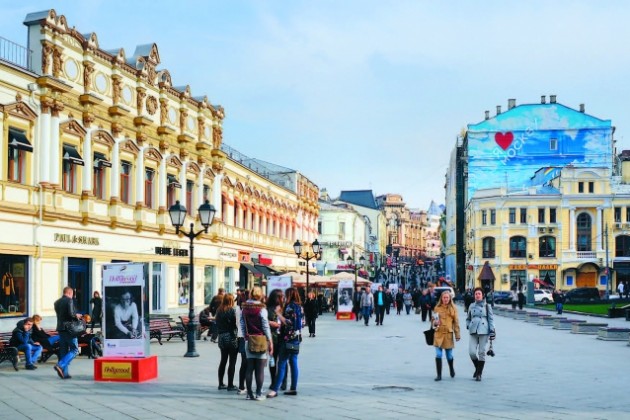
This passage "created" the first pedestrian zone in the capital, the glass roof protected visitors from rain and snow. That is why it became trendy to saunter here, to meet friends, to enjoy sweets in the pastry-shops.
In the 1870s, Prince Golitsyn sold the passage to merchant Konon Golofteev, and in 1913 Golofteevsky passage opened its doors in a new image. It was rebuilt according to the design of engineer and architect Ivan Rerberg, famous for his buildings of the Kievsky railway station and the Central Telegraph. Being a supporter of innovations, he chose reinforced concrete as the main material and expanded the windows.
In the 1870s Alexandrovsky and Solodovnikovsky passages appeared in front of the Golitsyn gallery, in the place, now occupied by the TSUM. The last one was considered a cultural center: the Society of Amateurs of music and dramatic art at the Jurgenson music store used the building for performances, concerts and meetings with the popular writers, such as A. Ostrovsky, A. Pleshcheev, A. Pisemsky... When a famous landscape painter Arkhip Kuindgy wanted to put his canvases "Night on the Dnieper" and "Birch grove" in the passage, his friends tried to dissuade him. They considered it to be a mauveton to expose paintings in the gallery, selling sables and pearls. But Kuindgy was not embarrassed by this proximity to trade – and his art became closer to the people.

With time a passage of the tea-seller Popov was built in the Kuznetsky Most, 12, and Petrovsky passage appeared nearby, in Petrovka, 10. Thus, the intersection of Kuznetsky Most, Petrovka and Neglinnaya streets became the focal point of fashion and social life.
In 1882, in Popov's passage, the first telephone station was opened. Three years later, for the first time in Moscow an illuminated advertising appeared on its facade. Since 1958 this building houses a scientific and technical library. As for Petrovsky passage, it became the first building in Moscow, shining in the dark with electric lights. Its owner Vera Firsanova was also the owner of the Sandunovsky baths, located nearby, and the electric power station was situated just in Sanduny.
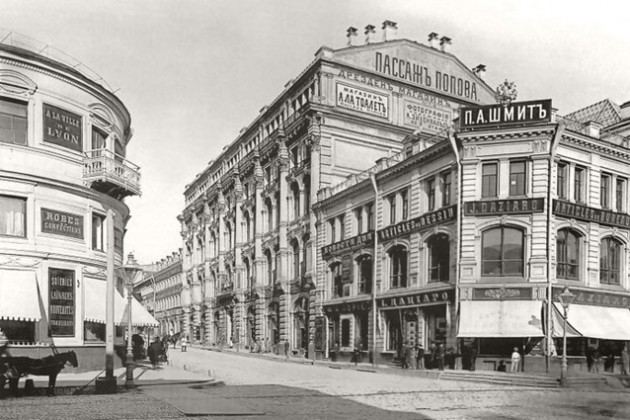
Lubyanskiy passage (in place of the "Children's World store") and Postnikova's passage (Tverskaya 5/6), now the building of the Ermolova theatre, as well as the Upper trading rows were the first buildings with four facades. This gave an opportunity to use the expensive land more fully.
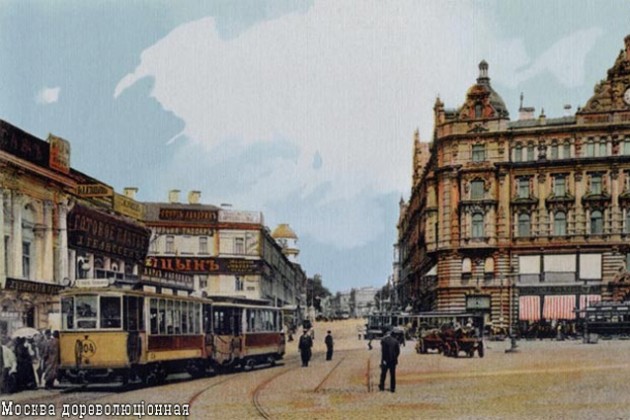
Modern architects returned to the idea of passages in the 1990s. The star Spanish architect Ricardo Boffil designed Smolensky passage (Smolenskaya square, 3). This building as well as Novinsky (Novinsky Blvd., 31) and Tverskoy (Tverskaya st., 18) passages, and "Okhotny Ryad" shopping center (Manezhnaya square) has inherited the tradition of covered shopping streets. But the scale of constructions (as well as the volume of trade) has increased significantly since the last century.
